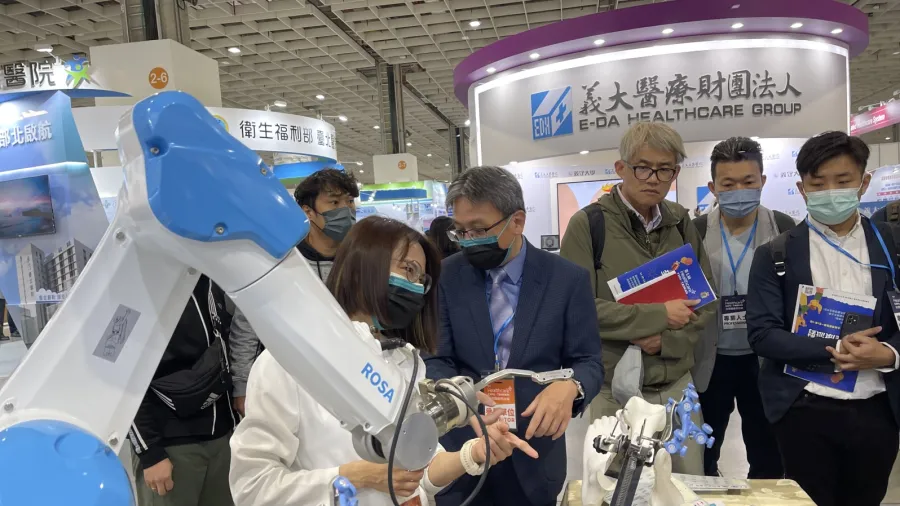
Jhong Jheng Hospital uses advanced robotics to reduce surgery time and infections
The ROSA AI surgery robot is accessible to young and veteran surgeons.
Jhong Jheng Spine & Orthopedic Hospital (JJOH), one of the most prestigious hospitals in Taiwan, seeks to deliver safe and effective surgery for its patients. Speciality hospital, JJOH, tapped ROSA AI to provide precise, faster, and efficient surgery to its patients.
Before, surgical robots were slow and inaccessible; but with ROSA AI, JJOH can do the surgery faster and with a less painful process.
The 3D planning procedure also helps the physician to plan the surgery and determine the patient’s condition post-surgery.
“Back then orthopaedic surgery was pretty much ‘very manual’. It requires a lot of effort and a lot of positioning, which may be intrusive to the patients. Now with a robotic system, you can do 3D planning before the surgery,” Stuart Lin, a representative from JJOH, explained to Healthcare Asia.
“So you know where exactly, what size they’re going to use, what positions implants [are] going to be, and how patient condition might be afterwards,” he added.
With added AI to this robotic feature, ROSA also benefits the employees because it is accessible for both young and veteran surgeons.
“Every single touch will be the same as the way you plan it. Experience is no longer an issue, whether you are a young surgeon or you are 30 years old. The way the robot works is that it has a planning view. So after you plan it, there is no other way for you to get off the plane,” said Lin.
“There are three planes, right? Then this will lock down two planes, which means you can only move your mobile window on the third plane… That means nobody has to worry about the surgery going bad or anything happening,” added Lin.
Compared to manual surgery, ROSA can do minimally invasive surgery where an incision is between two to three centimetres.
Other robotic surgery
JJOH invests in buying the latest medical apparatus for patient safety and promotes a pleasant medical environment.
Another type of robotic surgery is the Mako Robotic-Arm Assisted Surgery, which can relieve the pain from joint degeneration due to osteoarthritis.
This type of surgery allows surgeons to “precisely resurface only the arthritic portion of the knee, preserve healthy tissue and bone, facilitate optimal implant positioning to result in a more natural feeling knee following surgery, and allow rapid recovery and shorter hospital stay than traditional total knee replacement surgery.”
Compared to other invasive procedures, Mako can be performed through a four to six-inch incision over the knee with small incisions in both your femur (thigh bone) and tibia (shin).
Speciality hospital of the future
Moving forward, JJOH will continue to invest in procedures and technology that allow minimally invasive surgery and are even smaller than what they can do.
“That requires a lot of these vendors to provide new technologies, more AI coming in for diagnosis and operation, operating standards and stem cell therapy,” said Lin.
Lin also said speciality hospitals will continue to grow in the coming years as investments for these types of hospitals are anticipated to increase in APAC.
“Specialised hospitals will start taking their role because it’s the experience that they gather, [that] multiplies versus large, large hospitals. So I think definitely, you will see the rise of all these speciality hospitals coming in,” said Lin.



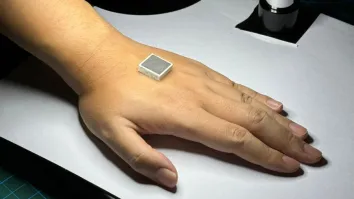
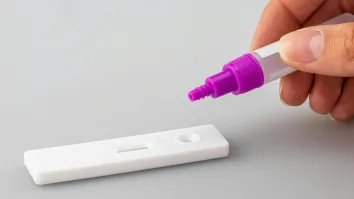


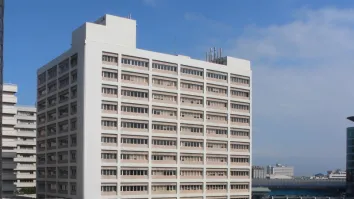

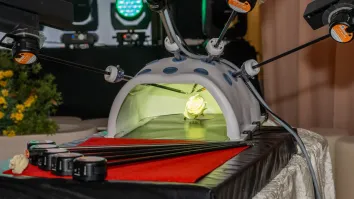









 Advertise
Advertise





